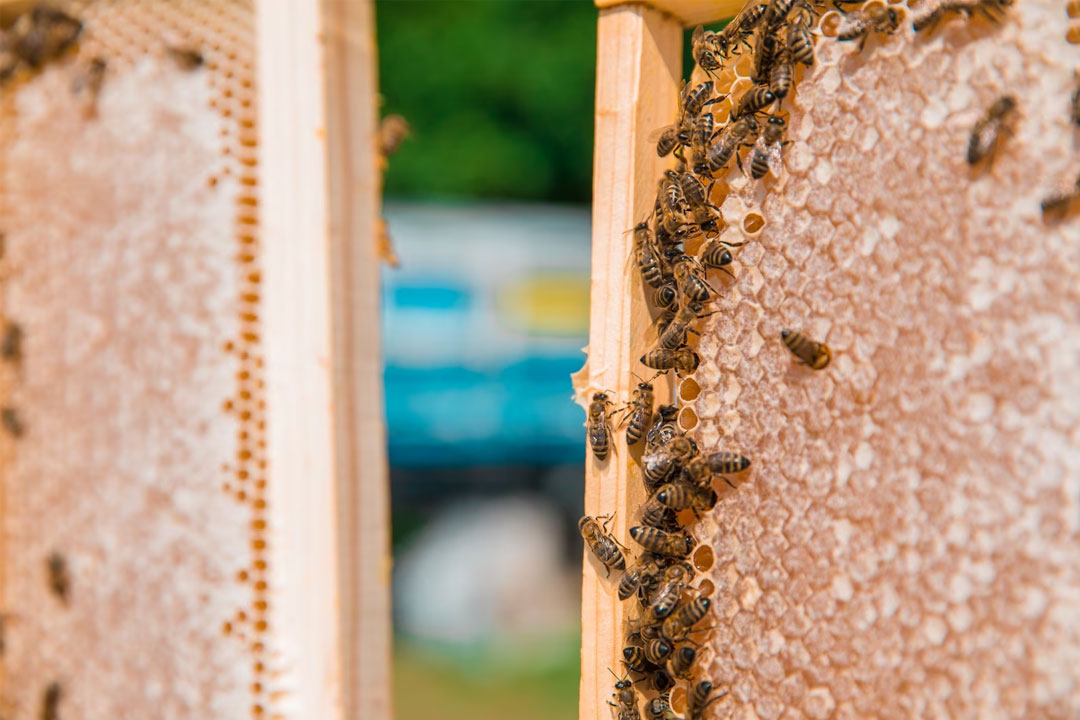
Beekeeping is a profitable and sustainable farming practice that is widely practiced in Africa. It involves the rearing of honey bees for the production of honey, beeswax, and other bee products. In this guide, we will provide you with a detailed step-by-step process on how to successfully farm bees in Africa, using practical examples from different African countries.
Step 1: Equipment and Hive Preparation
Before starting beekeeping, it is important to have the right equipment and hives. The hives can be made of wood, bamboo, or other materials. The hive should be well-ventilated and have enough space for the bees to move freely. In addition, beekeeping equipment such as a smoker, veil, and beekeeping suit should be acquired. These will protect the farmer from bee stings while working with the bees.
Example: In Kenya, beekeepers in Baringo County use modern beehives made of wood and straw. They also use protective gear such as beekeeping suits and gloves.
Step 2: Bee Colonies Acquisition
The next step is to acquire bee colonies. Bee colonies can be obtained by catching wild swarms or purchasing them from bee breeders. It is important to acquire healthy and disease-free colonies to ensure good yields.
Example: In Tanzania, beekeepers in the Kigoma region catch wild swarms of bees from trees and other natural habitats.
Step 3: Hive Management
Once the bee colonies are acquired, it is important to manage the hives properly. This involves monitoring the hive for signs of disease, pests, and other problems. Regular hive inspections should be done to check for the health of the bees and the production of honey.
Example: In Zambia, beekeepers in the Eastern Province use hive management techniques such as dividing colonies, adding supers, and using bee escape boards to harvest honey.
Step 4: Harvesting and Processing
Honey can be harvested once the bees have stored enough honey in the hive. This can be done by removing the honeycomb frames from the hive and extracting the honey using a honey extractor. The honey should then be processed and packaged for sale.
Example: In Ethiopia, beekeepers in the Amhara region use a traditional method of harvesting honey by crushing the honeycomb frames and filtering the honey through a sieve.
Step 5: Marketing and Sales
After harvesting and processing, it is important to market and sell the honey to buyers. Honey can be sold at local markets, supermarkets, and through online platforms. It is important to brand the honey with a unique name and label to attract buyers.
Example: In South Africa, beekeepers in the Western Cape sell their honey through online platforms and farmers’ markets. They also offer honey tasting sessions to promote their product.
In conclusion, beekeeping farming in Africa is a profitable and sustainable practice that can provide income for farmers while promoting the conservation of honey bees. By following the above steps, farmers can increase their yields and improve the quality of their honey. It is also important for farmers to keep up-to-date with the latest farming practices and technologies to remain competitive in the market.


















